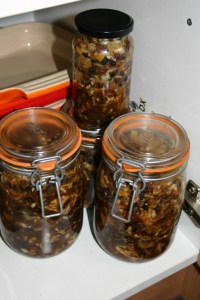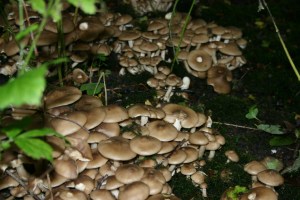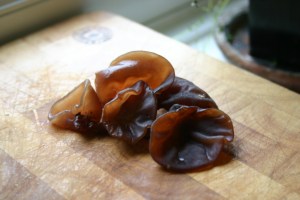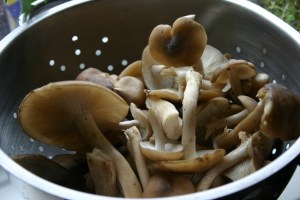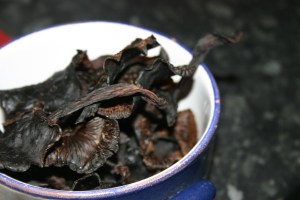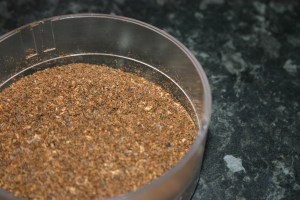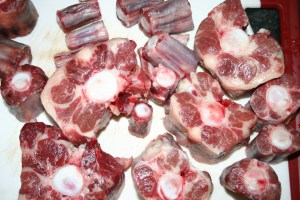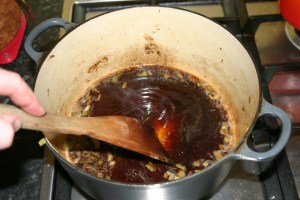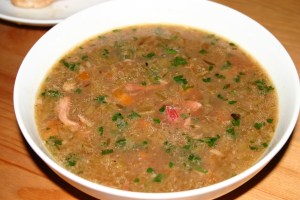If you like the content I make for the blogs and podcast, please consider supporting me by buying me a virtual coffee, pint or even a subscription : just click on this link.
The last of a trilogy of posts on the subject of eels. This time a recipe for an eel stew and some help with preparing them.
Sourcing Eel
The first time I cooked with eel I used wild ones – something I won’t be doing from now on; the sustainable cook as we have learnt buys only farmed eels. Ask your fishmonger if he can get them for you. If he can’t then you have four options: (1) go to a fishery that supplies eels where you are most likely to have to buy in bulk; (2) if you live in or near London, go to an eel, pie & mash house and pick some up there; (3) order some frozen ones already cleaned from the very good people at The Fish Society; (4) catch some yourself in an eel trap. If you live outside of the UK, eels are much easier to find.
I remember getting my eel order from Dave Yarwood from Out of the Blue in Chorlton. He had driven all the way to Sandbach at some god-awful time in the morning only to get there to find no one around, though he found a note on the door of the suppliers saying the eels were in a bag in a stream round the back! I arrived at his shop and there they were – three freshwater eels swimming around in a polystyrene box. I got a taxi back home with three eels sloshing about in their tank – quite a surreal experience, I can tell you.
Preparing Eel
There’s a good chance that if you are going to have to do away with them yourself, this is because eels begin to break down very quickly after death. There is a lot of advice out there on what is the best way to do this. If you look in English Food by Jane Grigson says to ask your fishmonger to do the dirty work. It used to be thought that eels had to be skinned whilst still alive, but this is not the case. Larousse Gastronomique gives you these instructions on how to prepare an eel:
“To kill an eel, seize it with a cloth and bang its head violently against a hard surface. To skin it, put a noose around the base and hang it up. Slit the skin in a circle just beneath the noose. Pull away a small portion of the skin, turn it back, take hold of it with a cloth and pull it down hard.”
Well it’s not quite as simple as Larousse makes it sound; killing an eel is not like killing a regular fish, i.e. one thump to the back of the head and it’s gone, no, they keep on wriggling and writhing for a long time after you’ve ‘killed’ it. The best thing to do is to put the eels in iced water or in the freezer until they become very slow and docile, then hit them hard against a wall, stone or some other sturdy surface. You’ll find that after several hits that it is still moving about; it’s quite distressing, but the eel is dead, though its autonomic nervous system takes a while to shut down, though I’ve no idea how this happens and why it’s so different to other fishes. You can now either try the skinning method described above or behead them and then skin them. Have a look here at my original eel post from Neil Cooks Grigson, scroll down to see a rather gruesome video of some headless eels swimming about in my sink.
To skin them use a pair of pliers and a little salt to help get a purchase on the skin. Once you have got going the skin comes of satisfyingly easy like a long thin sock. Don’t be alarmed if the eels start moving again – this is from the salt triggering their nerves to start firing.
Now gut and clean the fish; make a cut from its anus – you’ll see it, about halfway down – to the neck end and pull away any innards from the rib cage. Give it a rinse and you are done.
Sedgemoor Eel Stew
One thing I have not mentioned is how well eel eats. It really is a delicious fish – its flesh is mild and delicate, don’t be put off by its snake-like form and sliminess. It is similar to salmon, but a little richer and much moister due to its high fat content and they are not in the least bit muddy-tasting. This is the first eel recipe I ever cooked and it is by far the best. It appears in English Food by Jane Grigson. The eel is cooked in a sauce made of cider, stock and cream. Sedgemoor is in Somerset in the south-east of England where most English recipes for eel come from.
Ingredients
1 ½ to 2 kg (3 to 4 lb) freshwater eel
dry cider
150ml (¼ pint) double cream
4 tbs chopped parsley
salt and pepper
triangles of fried or toasted bread
Begin by cutting the eel(s) into even-sized portions of around two inches in length. Season them lightly. Make a stock from the eel heads and skin as well as the flat part of the tails: Place the trimmings in a pan and cover them with half-water, half-cider. Bring to a boil and then cover and simmer for 20 minutes.
Arrange the eel pieces in a shallow pan and pour over enough hot stock to just barely cover them. Gently poach the eels for 10-15 minutes depending on the girth of your eels until the eel meat starts to come away from the bones. Don’t let the stock come to a proper boil though – steady poaching is the key. When cooked, remove the eel pieces and arrange them on a serving dish, cover them and keep them warm.
Now make the sauce by boiling down the cooking liquor to a good strong flavour and then add the cream and parsley. Season again if required. Pour the sauce over the eel and serve with the fried bread or toast.
P.S. Delicious as eel maybe, beware if someone offers you raw eel, say as sashimi. Eel blood is toxic before it is cooked, so if you get served a bloody bit, it could be a bad man trying to do away with you.

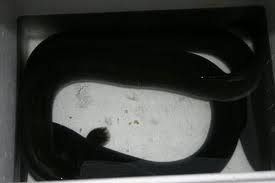
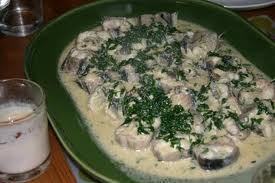



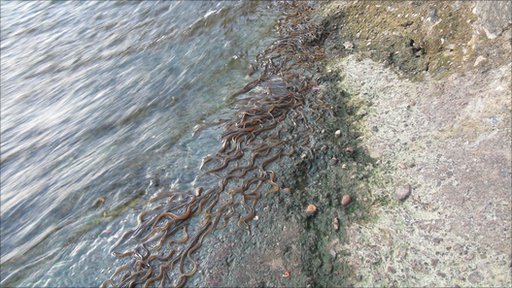


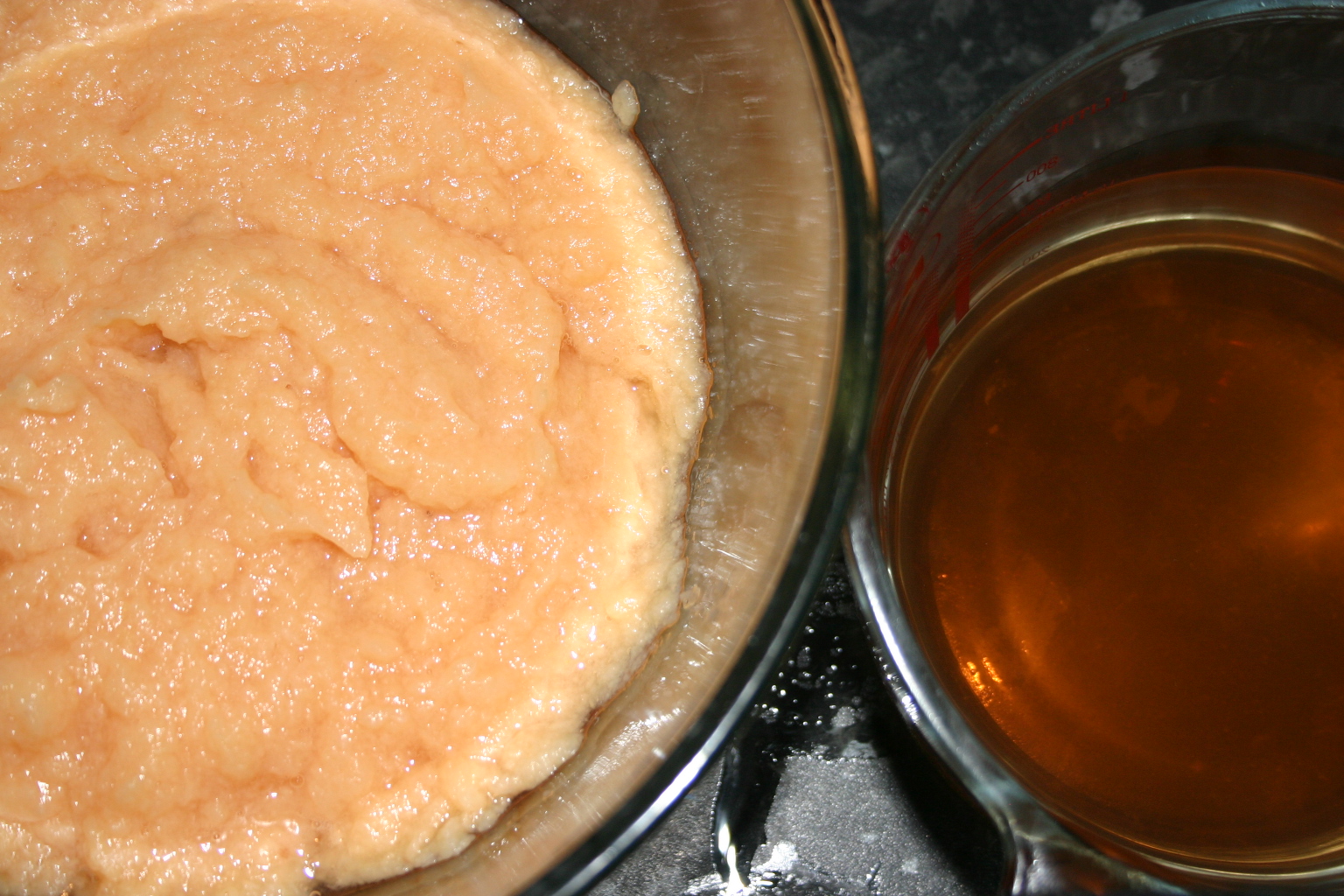






![20121228_191019[1]](https://fix-quick.today/wp-content/uploads/2012/12/20121228_1910191.jpg)
![20121228_184345[1]](https://fix-quick.today/wp-content/uploads/2012/12/20121228_1843451.jpg)
